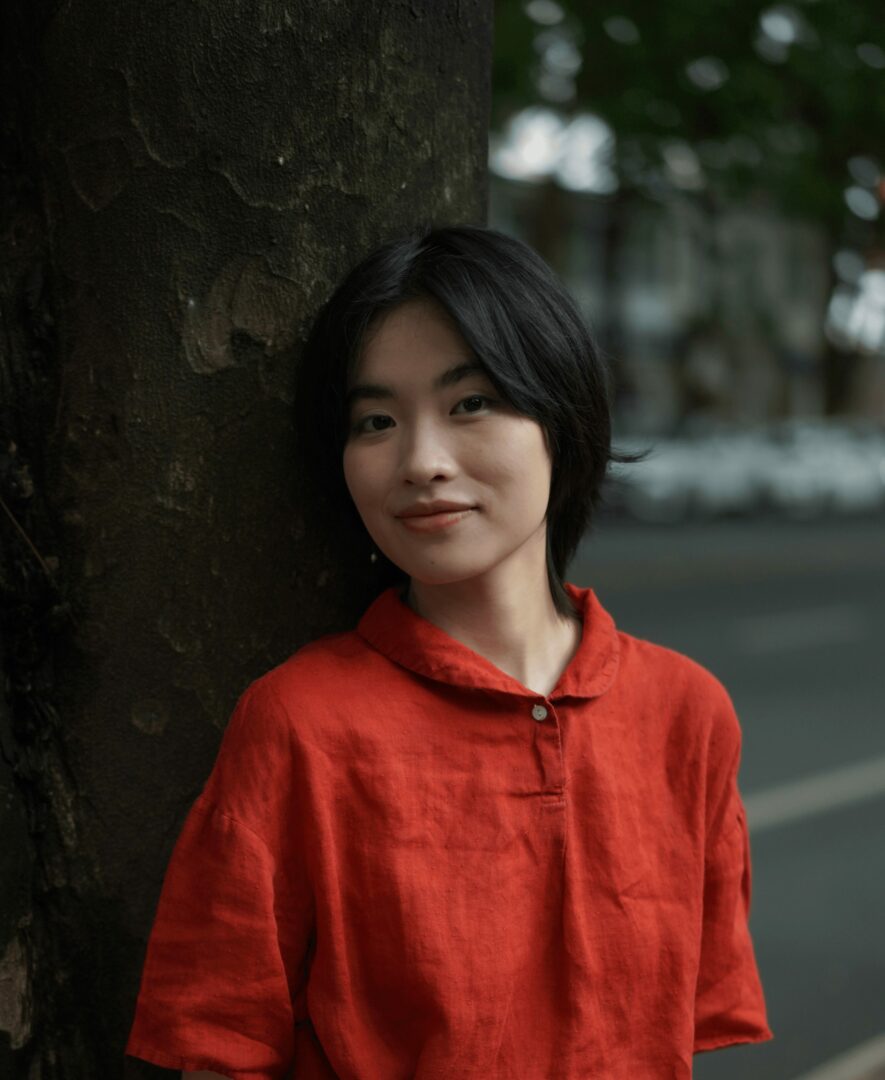We recently connected with Siming Lu and have shared our conversation below.
Hi Siming, so excited to talk about all sorts of important topics with you today. The first one we want to jump into is about being the only one in the room – for some that’s being the only person of color or the only non-native English speaker or the only non-MBA, etc Can you talk to us about how you have managed to be successful even when you were the only one in the room that looked like you?
I often move between different contexts—across countries, disciplines, and artistic traditions. I came from China to the U.S., from theatre to visual art, from contemporary performance to classical East Asian forms. Now, at NYU ITP, I’m surrounded by programmers and designers. I’m often the only one in the room pursuing something entirely different, and to be honest, I’m often in spaces where no one really knows what I’m doing.
Through these experiences, I’ve learned that initiating small communities can be incredibly empowering. These self-started spaces tend to attract open-minded individuals and help build a support system around me. They create an ecosystem that keeps me grounded, so I’m not constantly questioning or justifying my identity. Over time, I’ve also come to see my hybrid background as a strength. It allows me to bring fresh perspectives to my peers and collaborators.
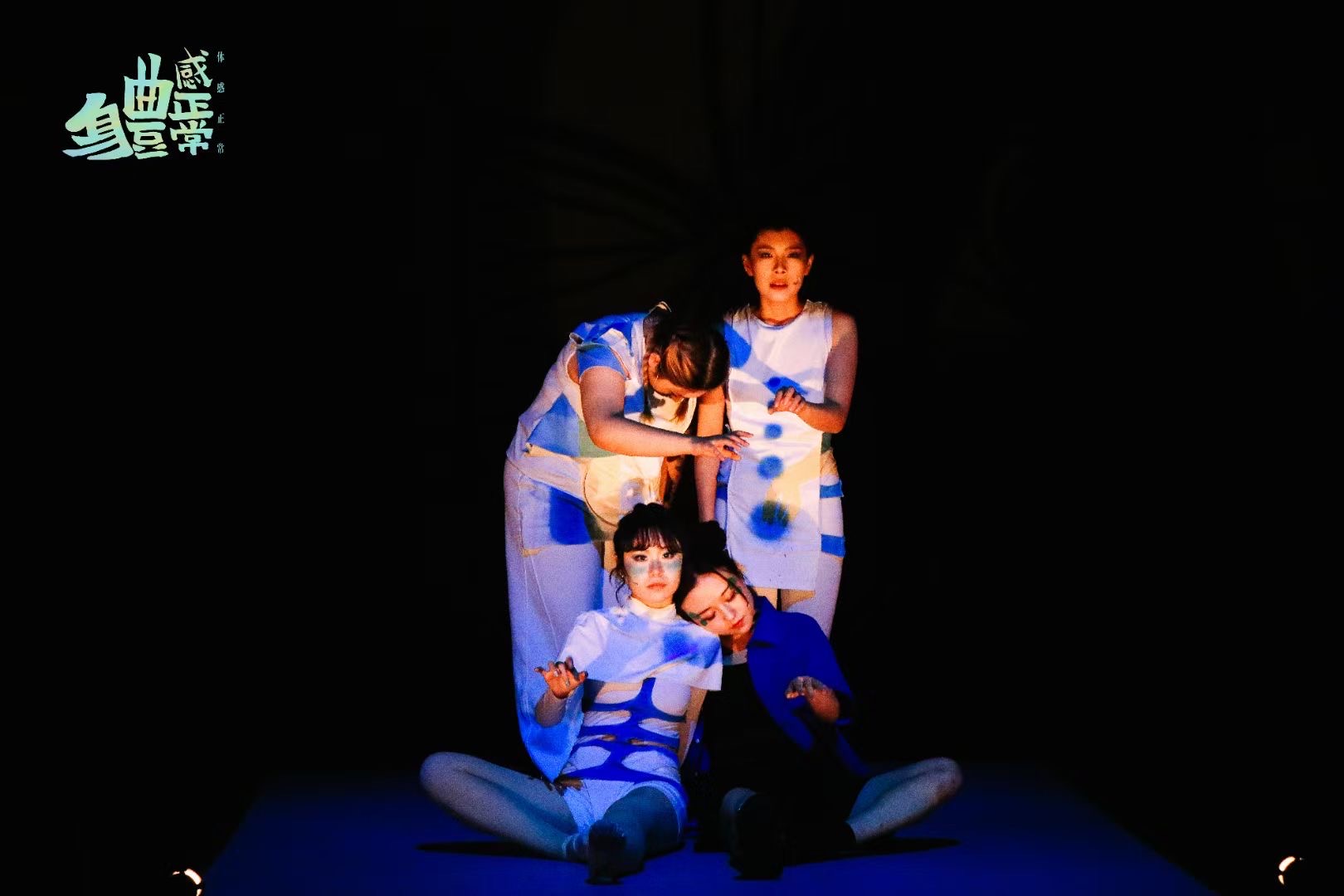
Thanks, so before we move on maybe you can share a bit more about yourself?
I’m a theatre maker who began my journey through playwriting and gradually expanded into dramaturgy and contemporary performance. I’m currently pursuing my graduate studies at NYU’s Interactive Telecommunications Program (ITP), where my work centers around integrating emerging media into independent theatre-making. For me, this means a deep interrogation of media itself and a commitment to low-tech, accessible approaches.
Right now, I’m developing an digital archiving project designed specifically for individual Noh performers, aiming to reimagine how performance can be recorded and accessed. I’m also collaborating with a Chinese calligrapher and a theatre director on a performance piece that explores the relationship between calligraphy tradition, body, and personal narrative.
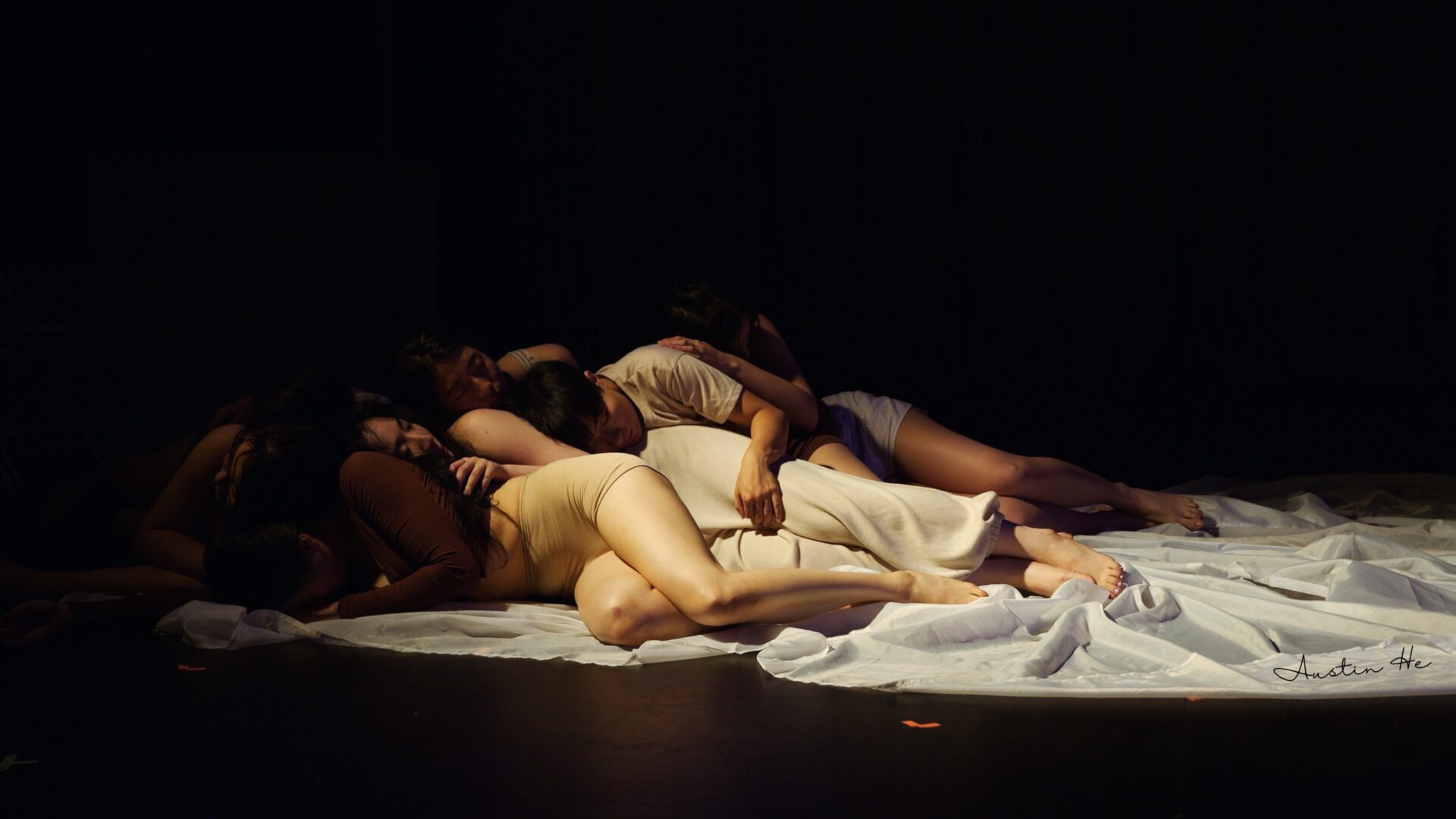
Looking back, what do you think were the three qualities, skills, or areas of knowledge that were most impactful in your journey? What advice do you have for folks who are early in their journey in terms of how they can best develop or improve on these?
First, I believe that patience is the most essential quality for a theatre artist. Much of our work involves collaboration, often emotionally charged and intuitive collaboration, especially in small-scale independent productions. Communication is never easy, particularly when you’re experimenting with interdisciplinary approaches that require crossing not only disciplines but also contexts. It takes patience to truly value shared time and space, and to make room for misunderstandings and misalignments.
Second, in her book A Director Prepares, Anne Bogart writes that our society sometimes chases novelty too aggressively. Innovation, she says, should be a response to history. That idea has always stayed with me. Even when working with new media, I consciously try to look backward into history and tradition because they often hold answers to the questions we’re asking today. They are where I draw much of my inspiration.
Third, I think it’s crucial to develop your own way of approaching a subject, to find your own line of questioning and perspective. It’s about learning how to gather information, but also how to trace the source of your intuition. That’s where the most personal and powerful work often begins.
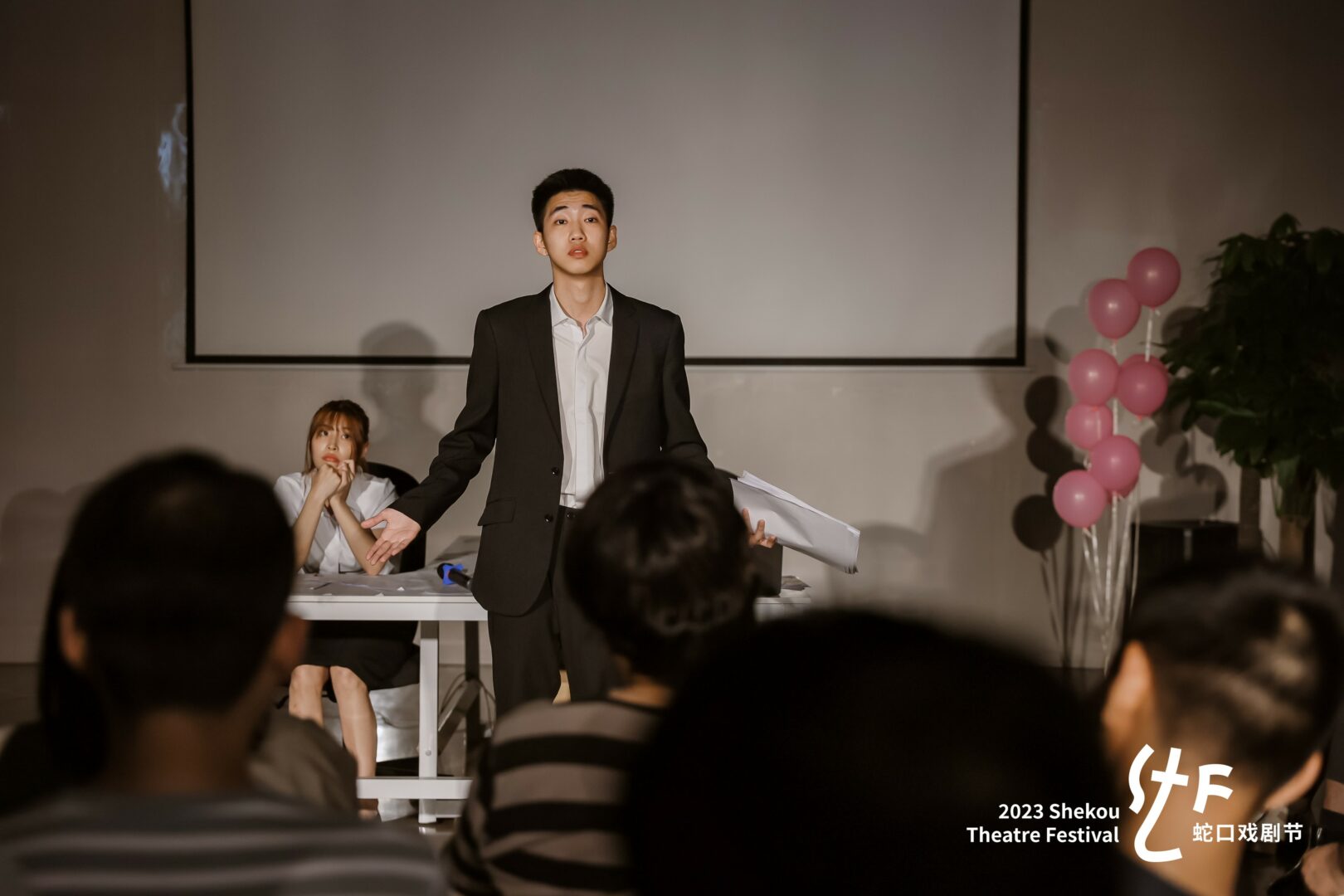
As we end our chat, is there a book you can leave people with that’s been meaningful to you and your development?
One book that has had a significant impact on me is Deschooling Society by Ivan Illich. It explores how institutions, especially schools, emerged as products of capitalism and how the education system became a powerful microcosm of society.
I found it particularly enlightening as an artist, because when we talk about being an “artist,” we are really talking about two different things. The first, of course, is making art. But the second is about being a professional artist, navigating a career, which inevitably means engaging with systems and institutions.
What this book prompted me to reflect on is: in order to play the game, you need to understand both yourself and the system. It pushed me to confront more fundamental questions, such as: What is it that I’m really seeking in being an artist? What lies at the core of this pursuit?
Contact Info:
- Website: https://siminglu.com
- Instagram: @siminglu2021
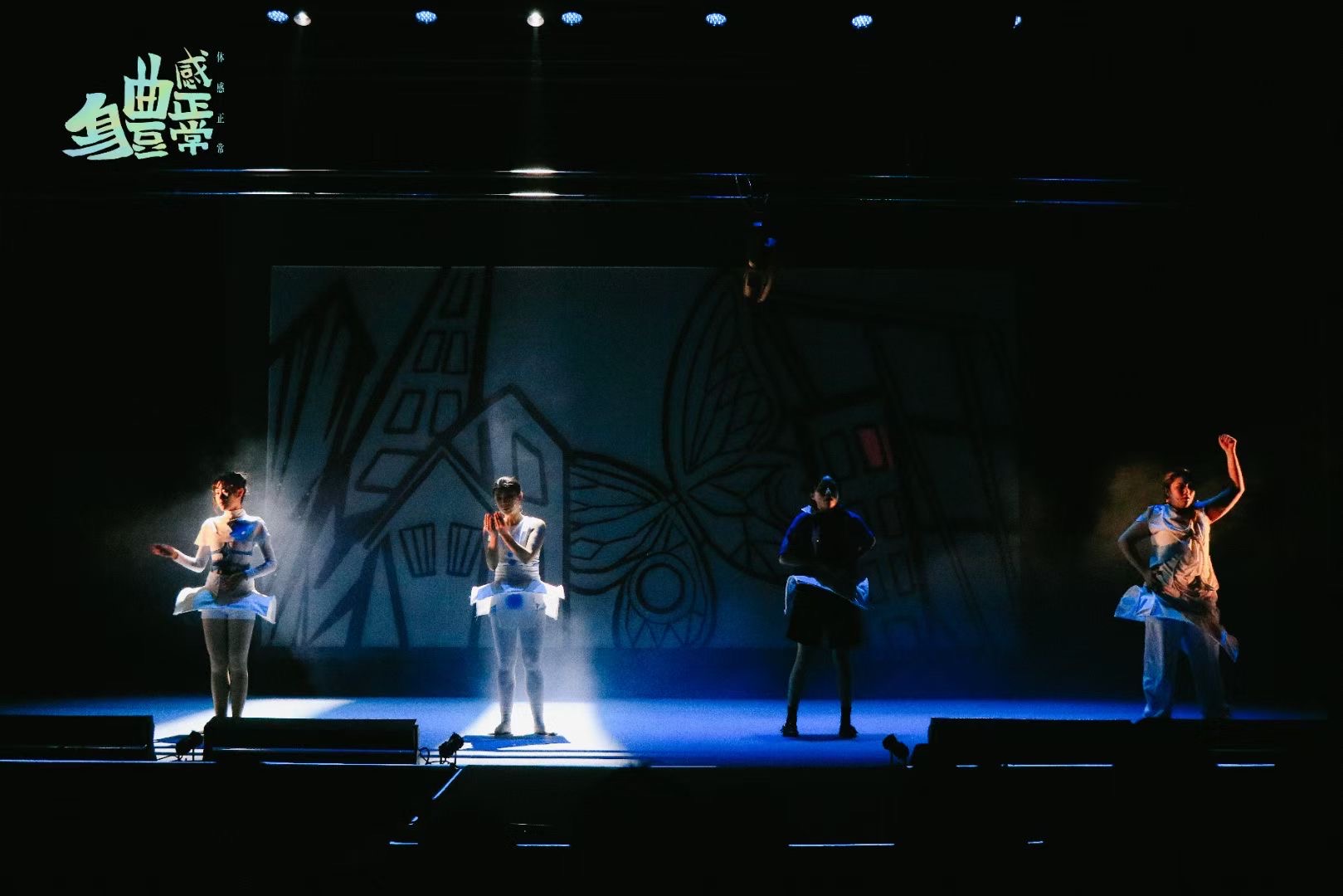
so if you or someone you know deserves recognition please let us know here.

